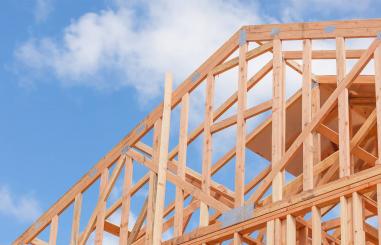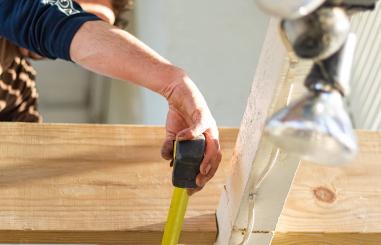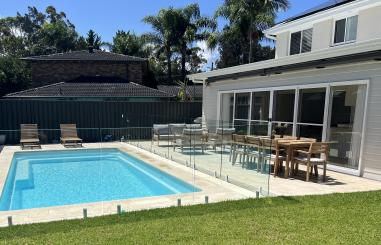When it comes to building your dream home, the excitement of choosing designs, finishes, and layouts can sometimes overshadow one of the most crucial aspects: orientation and positioning. Getting this right from the start can significantly impact your home’s energy efficiency, comfort, and even its future resale value.
Australia is known for its sunny climate, and making the most of natural light can reduce energy bills and create a more comfortable living environment. A well-orientated home considers the sun’s movement throughout the day and across the seasons. Ideally, living areas should face north to capture the winter sun while avoiding excessive heat in summer. This strategic positioning means you can enjoy natural warmth in the colder months and reduce reliance on artificial heating and cooling.
Proper orientation also plays a key role in natural ventilation. Positioning windows and openings to encourage cross-ventilation allows cool breezes to flow through the home, reducing the need for air conditioning. In Australia, prevailing breezes typically come from the south or east, so designing your home to take advantage of these natural cooling effects can improve comfort and sustainability.
Orientation isn’t just about sun and wind—it also affects privacy and noise levels. If your block is near a busy road or in a high-density area, smart positioning can help reduce noise pollution. Placing bedrooms and living areas away from street frontage, using landscaping as a buffer, or opting for double-glazed windows can all contribute to a quieter and more peaceful home.
Whether you have a coastal outlook, a bushland retreat, or an urban skyline, your home’s positioning can make or break the enjoyment of your surroundings. Thoughtful planning ensures that your best views are maximised, whether that means large north-facing windows, an elevated deck, or an open-plan living area that connects seamlessly with outdoor spaces.
A well-positioned home isn’t just about your immediate comfort—it can also increase the property’s desirability when it comes time to sell. Buyers are often willing to pay a premium for a home that is energy-efficient, well-lit, and designed with comfort in mind. Poor orientation, on the other hand, can result in excessive heating and cooling costs, making a property less attractive to potential buyers.
Choosing the right orientation and positioning for your home requires careful planning and expertise. Working with experienced builders, architects, and designers ensures that all factors—climate, topography, and personal lifestyle needs—are considered from the outset.
At Prescom Constructions, we understand the impact that smart design choices can have on your home’s functionality and value. Our team is dedicated to building homes that are not only beautiful but also practical, energy-efficient, and tailored to suit your unique needs.
If you’re planning to build, let’s chat about how we can bring your vision to life—while ensuring your home is positioned for maximum comfort and efficiency. Get in touch today!


Prime Costs (PC) and Provisional Sums (PS) are essential terms in construction quotes. Prime Costs cover allowances for materials like fixtures or appliances that haven't been selected yet, offering flexibility but potentially leading to additional costs if more expensive options are chosen. Provisional Sums are estimates for work not fully defined when quoting, like excavation or retaining walls, and may change due to unforeseen circumstances. Understanding the distinction helps homeowners manage budgets and avoid surprises during the building process.
Read more
A pre-handover inspection is crucial when taking possession of a new home to ensure any issues or defects are addressed before the final settlement. Key areas to check include the structural integrity (e.g., walls, floors), fittings and fixtures (e.g., taps, doors, windows), kitchen appliances, bathroom tiles and plumbing, electrical systems, and finishes like paintwork and flooring. By thoroughly inspecting these aspects, homeowners can prevent costly repairs later and ensure a smooth transition into their new home.
Read more
In recent years, a new trend has emerged in the world of residential homes known as the Australian Hamptons style. This unique architectural and interior design style combines elements of traditional Hamptons style with a distinctive Australian twist, resulting in homes that are both elegant and relaxed. Often referred to as Aussie Hamptons, these homes have gained popularity for their timeless appeal and seamless integration with the beachy Australian lifestyle.
Read more